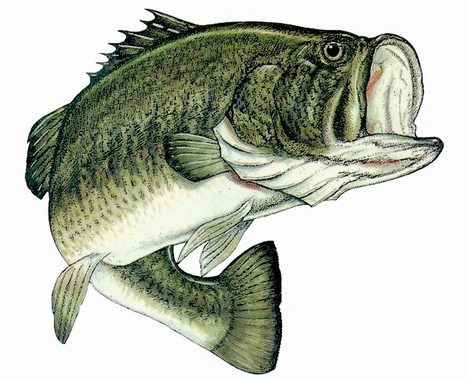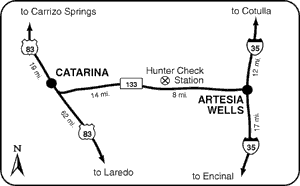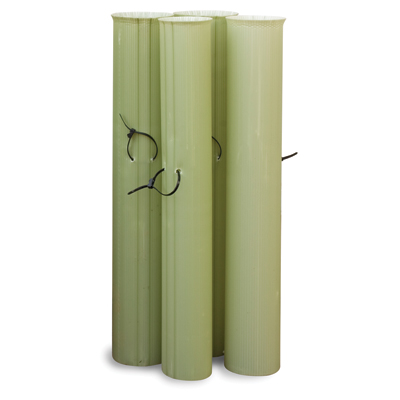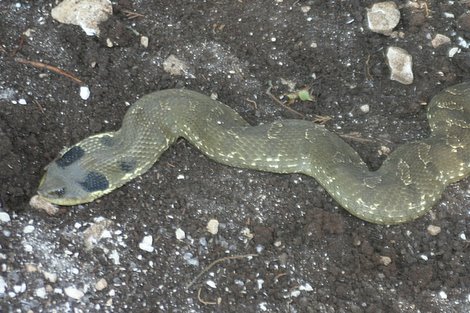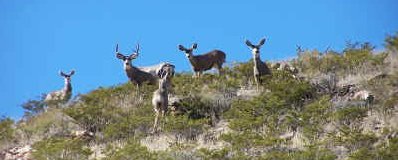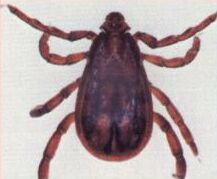
A few miles north of the Rio Grande, where spring temperatures climb past 100 degrees, helicopters work in concert with cowboys to gather cattle, thorny bushes nick kneecaps, and dust and manure swirl up noses and down collars, and cowboys inspecting, dipping or treating cattle are gritty and soaked with sweat before noon.
For a small contingency of government “hands” and livestock producers on the border, the very presence or absence of ticks on cow bellies or deer flanks indicate defeat or victory in the fight against the fever tick, a foreign-origin pest that threatens the health of U.S. cattle.
This is the scene that Mr. Bruce Knight, USDA’s undersecretary of agriculture for marketing and regulatory programs, traveled to South Texas to see in mid-March to gain a first-hand perspective of the fever tick situation. He visited a fever tick-infested premises, observed gathering and treatment of cattle, and discussed fever tick issues with ranchers, USDA and TAHC staff. Continue reading Fight Against Fever Ticks is Slow
